- Home
- Forums
- Muscles / Skeleton / Joints Forum
- Living with diseases affecting muscles, joints and-or skeleton
- All About Spinal Curvature
Patients Muscles / Skeleton / Joints
All About Spinal Curvature
- 14 views
- 0 support
- 1 comment
All comments

Unregistered member
Here is my study of spinal curvature - I would be interested to hear from anyone having the condition, as to any effects it has on them.
Suncatcher2015
Give your opinion
Survey
Survey
Survey
Members are also commenting on...
Living with diseases affecting muscles, joints and-or skeleton
Life after a joint replacement: Share your experiences and advice!
![]()
![]()
![]()

Unregistered member
I had a hip replacement 16 months ago due to osteoarthritis. I can honestly say it was the best decision I have ever made. Yes I was not looking forward to everything post op, but I am now 100% mobile and after not being able to walk any distances I now enjoy walking again and I've managed to lose 2.5 stones. Totally pain free and I've had lots of comments about how much happier I look - my face was obviously showing my pain. If you have any questions please ask!
See the best comment
Living with diseases affecting muscles, joints and-or skeleton
I'm A New Member Suffering With; Osteo Arthritis + Other Problems
![]()
![]()
![]()
Living with diseases affecting muscles, joints and-or skeleton
Life after a joint replacement: Share your experiences and advice!
![]()
![]()
![]()

Unregistered member
I had a hip replacement 16 months ago due to osteoarthritis. I can honestly say it was the best decision I have ever made. Yes I was not looking forward to everything post op, but I am now 100% mobile and after not being able to walk any distances I now enjoy walking again and I've managed to lose 2.5 stones. Totally pain free and I've had lots of comments about how much happier I look - my face was obviously showing my pain. If you have any questions please ask!
See the best comment
Articles to discover...

06/02/2019 | Advice
Photo testimonial: Years of diagnostic uncertainty facing Ehlers-Danlos Syndrome
Subscribe
You wish to be notified of new comments
Your subscription has been taken into account


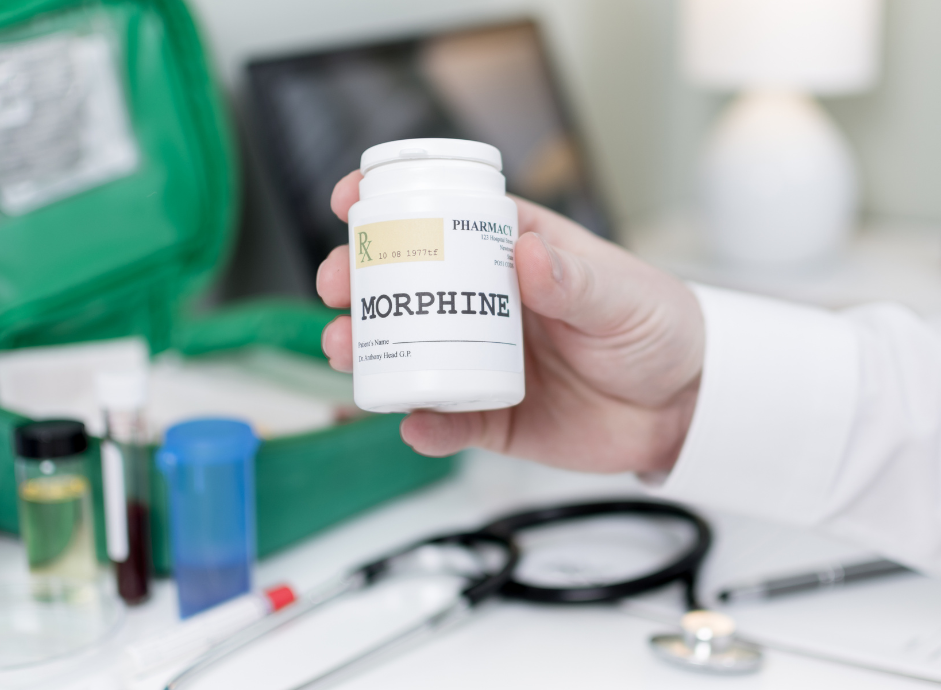
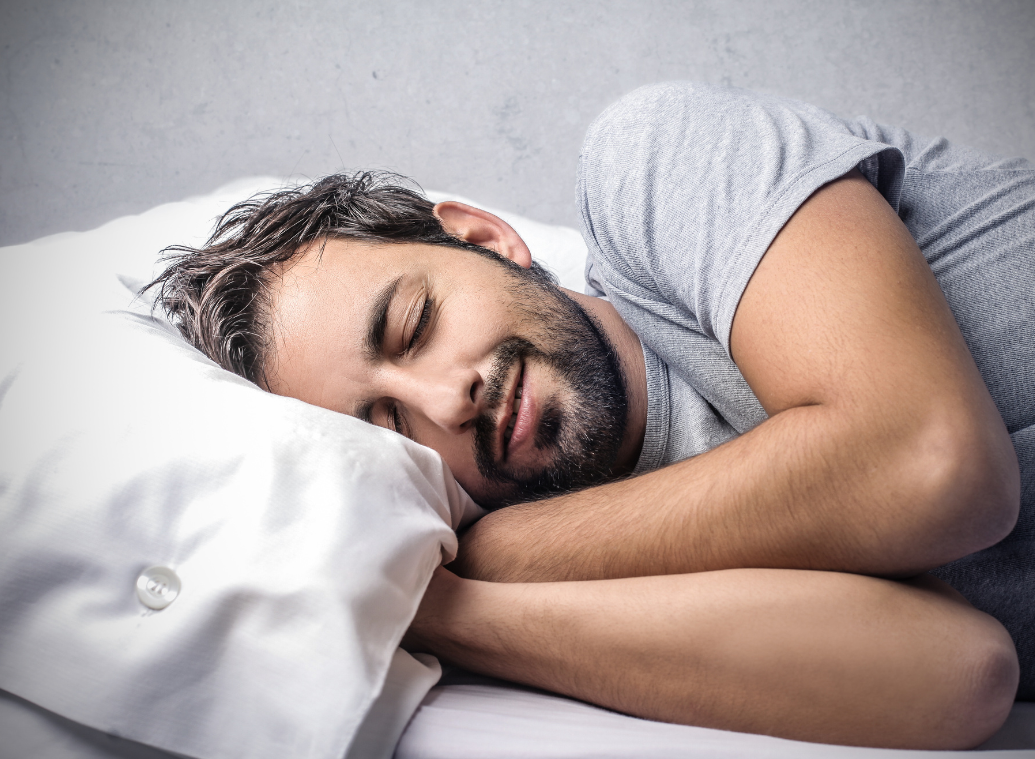

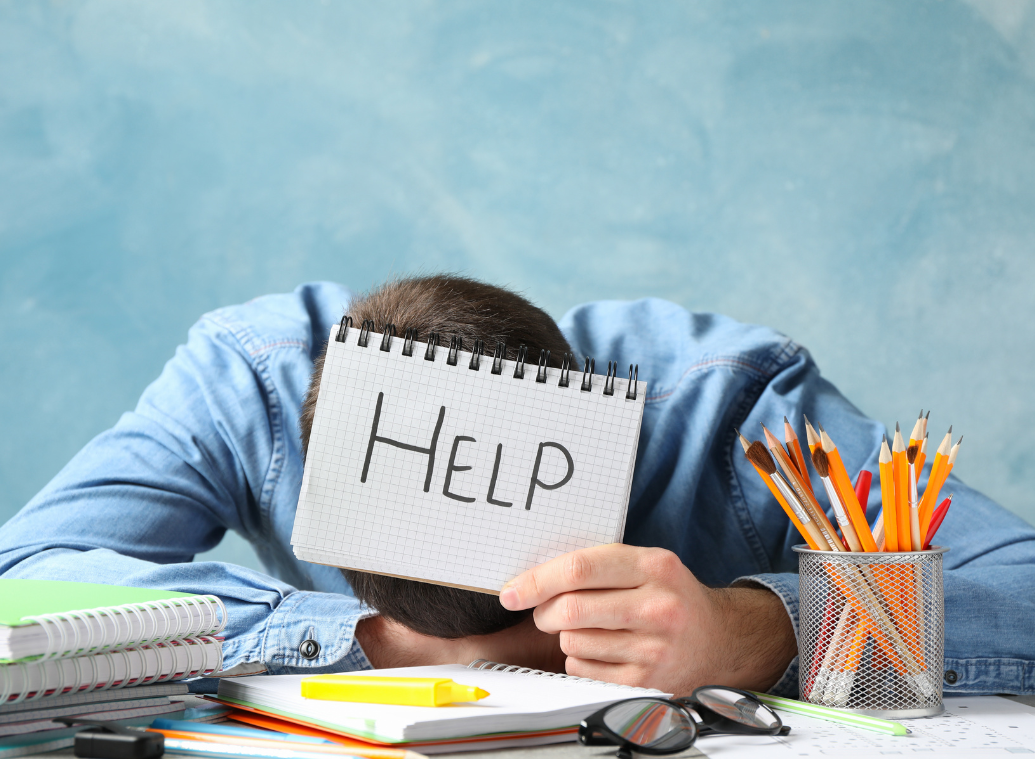
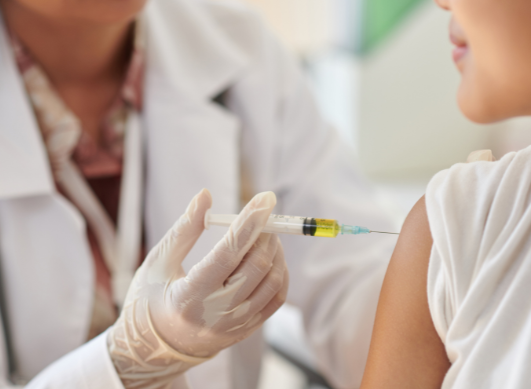
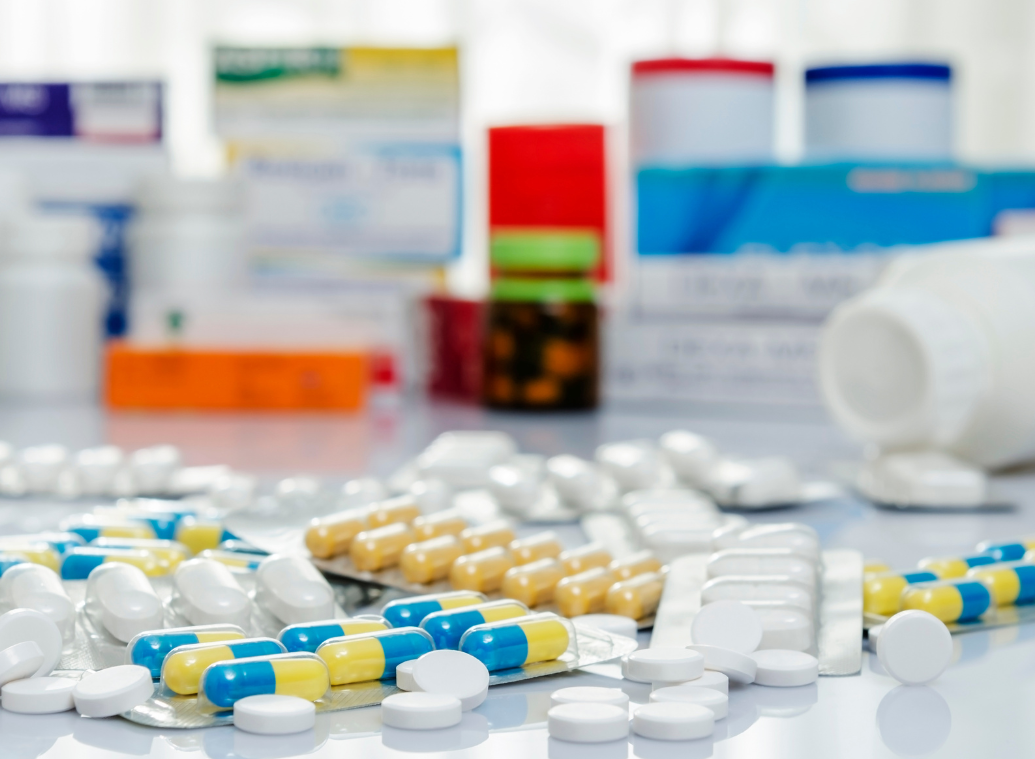
Unregistered member
All About Spinal Curvature
I suffer from three types of spinal curvature – talk about greedy or what! I have therefore researched the subject quite thoroughly. One of the best sources I found and worth looking at if you want more information, was Spine-Health.com. Their website is http://www.spine-health.com/conditions/spinal-deformities. They have some good videos on the subject, well worth a look. I also found Healthline, http://www.healthline.com a good source of information.
Normal spine curvature
The normal spine, when viewed from the side, is not a straight line as it is when viewed from the front or back. In fact it resembles an elongated S shape, with the curves of the S straightened out somewhat.
The rib cage portion of the spine, just before the neck starts, is known as the thoracic spine and has a normal forward curvature, called "kyphosis”. This normal curvature may be between 20% and 50%
This forward curvature towards the top of the S is matched by reverse curvatures in the neck, known as the cervical spine, and in the lower back known as the lumbar spine. The curve in these two areas is known as “lordosis”. This combination of forward and reverse curves in the spine allows people to sit and stand upright.
Exaggeration of either of these curves is an abnormality, as is a sideways curve, known as Scoliosis.
Kyphosis
The technical name for any rounding of the upper back over and above 50% is hyperkyphosis, but in reality most people usually refer to it simply as kyphosis. Such curvature can cause a stooped forward posture. It can develop at any age and affects both genders.
Kyphosis can also affect the neck and lower back, but it is usually the upper (thoracic) spine that is affected.
Mild symptoms don’t usually require any treatment, but if the condition is severe, surgery an be required.
It rather depends on what the underlying cause is, but symptoms can include a hunched appearance as you may expect, mild to severe back pain, difficulty standing upright, which can worsen over a day, fatigue and loss of height. In more severe cases, there can be difficulty breathing due to the lungs being compressed and loss of appetite.
There are several common causes of kyphosis, Osteoporosis-related, Congenital, Degenerative, Neuromuscular, Nutritional, Postural and Scheuermann's Disease.
Osteoporosis-relatedis the most common cause of kyphosis in adults. It is more common in females, but can occur in males too. Osteoporosis weakens the vertebrae, which become susceptible to fracture that typically occurs in a wedge shape. The front of the vertebra collapses and loses its height whilst the back of the vertebra maintains its height. As the front of the bone is crushed, that segment of the spine tips forward, resulting in an excessive kyphotic curve and forward stooped posture. Treatment typically will address the underlying osteoporosis to prevent future fractures as well as pain reduction and possibly surgery to repair the fracture in some cases.
Congenital kyphosis usually presents itself in infants and young children, due to a malformation of the spinal column in the womb. Unlike other forms of kyphosis, this form most often requires surgery at a young age to re-align the spine and prevent progression of the deformity.
Degenerative kyphosis develops due to wear and tear on the spine over time. The underlying cause of the kyphosis is usually degenerative discs and spinal arthritis. Non-surgical treatments, such as pain medication, exercise and physical therapy are typically helpful treatments for pain. Surgery may be an option, but is uncommon for this diagnosis.
Neuromuscular kyphosis can occur in children with certain neuromuscular disorders, such as cerebral palsy, spina bifida, or muscular dystrophy. Surgery can be an option to improve quality of life.
Nutritional kyphosis is caused by certain vitamin deficiencies during childhood, such as a vitamin D deficiency.
Postural kyphosis is attributed to slouching and poor posture. It occurs in both young and older patients, is more prominent in females than in males. There is usually little or no pain with this sort of kyphosis, and exercise to help correct posture and strengthen muscles is usually the only treatment.
Scheuermann's Disease occurs in adolescents due to abnormal growth of the spine and discs. It is usually treated with a brace, exercise, and physical therapy. Braces are indicated if the patient is still growing and has moderate to severe kyphosis with curves of 45 degrees or but bracing in adults for this condition is uncommon. When it is undertaken it is for pain control, not with a view to correcting the kyphosis. Surgery may be required for painful curves that are greater than 70 degrees or are progressive.
Traumatic kyphosis can occur from mis-aligned healing of a spinal fracture or injury to the supporting ligaments of the spine.
Iatrogenic kyphosis refers to kyphosis developing as a complication of surgical treatment of the spine and can develop following decompressive spine surgery requiring removal of the posterior elements of the spine, often for tumor removal in children and adolescents.
Scoliosis
Scoliosis is not a disease, but an abnormal side-to-side curvature of the spine. The spinal curve may develop as a single curve shaped like the letter C, or as two curves shaped like the letter S. In children and teens, scoliosis often does not have any noticeable symptoms and may not be noticeable until it has progressed significantly. The two most common forms are idiopathic scoliosis and degenerative scoliosis.
Idiopathic scoliosis is by far the most common cause of scoliosis in children. It rarely causes pain, and in most cases the curve is minor enough to be considered an asymmetry and does not require any treatment. However, once scoliosis is detected it should be closely monitored by a medical professional in the event that the curve progresses and needs treatment.
Because the skeletons of children and young adults grow quickly, there is a reasonable chance that if a curve is detected, the degree of the spinal curve may worsen as the spine continues to grow. In those cases, scoliosis treatment may become advisable. It is important to note that idiopathic scoliosis is not caused by activity such as exercise, sports, or carrying heavy object; nor does it come from sleeping position, posture, or minor differences in leg length.
The progression of spinal curvature is very well understood and is measured in degrees.
Preventing severe curvature is important for the physical appearance and health of the patient. Curves greater than 50 degrees are more likely to progress in adulthood. If a curve is allowed to progress to 70 to 90 degrees, it will produce a disfiguring deformity.
A high degree of curvature may also compromise the heart and lungs, as the curve in the spine rotates the chest and closes down the space available for them.
It is important to note that idiopathic scoliosis results in deformity but not usually in back pain. Of course, people with scoliosis can develop back pain, just as most of the adult population can develop back pain. However, it has never been found that people with idiopathic scoliosis are any more likely to develop back pain than the rest of the population.
Terms that describe the direction of the curve:
Terms that describes the location of the curve:
Without an X-ray of the spine, there are several common physical symptoms that may indicate scoliosis as follows:
Scoliosis treatment decisions are primarily based on two factors:
There are three main scoliosis treatment options for adolescents:
Lordosis
Lordosis, also known as swayback, is an increased inward curving of the lumbar spine just above the buttocks. A small degree of both lordotic curvature is normal as the spine naturally curves at the neck, upper back, and lower back to help absorb shock and support the weight of the head. Lordosis occurs when the natural arch in the lower back, or lumbar region, curves more than normal. This can lead to excess pressure on the spine, causing pain.
People with lordosis often have a visible arch in their lower backs. When looking at them from the side, their lower backs form a defined “C” shape. In addition, people with swayback appear to be sticking out their stomachs and buttocks.
The easiest way to check for lordosis is to lie on your back on a hard surface. You should be able to slide your hand under your lower back, with little space to spare. If you have lordosis, you will have extra space between your hand and your low back.
Often, lordosis appears in childhood without any known cause. This is called benign juvenile lordosis. However, lordosis can affect people of any age. Other potential causes of lordosis include: poor posture, obesity, osteoporosis, discitis (a disorder of the disks between the spinal vertebrae), kyphosis (an excessive outward curvature at the mid-back), spondylolisthesis (a condition in which one vertebra slips forward or backward relative to the next vertabra), achondroplasia (a form of dwarfism).
If the lordotic curve corrects itself when you bend forward, you do not need to seek treatment. However, if you bend over and the lordotic curve remains, you should seek treatment.
In addition, you should seek treatment if you experience any of the following:
pain
muscle spasms
tingling or numbness
bladder or bowel difficulties
Much of our flexibility, mobility, and activity depend on the health of the spine. Getting treatment to help correct the curvature can help prevent complications later in life, such as arthritis and chronic back pain.
Treatment for lordosis will depend on the severity of the curvature and the presence of other symptoms. Treatment options include:
medication to reduce pain and swelling
physical therapy (to help build strength in the core muscles)
yoga (to increase body awareness, strength, flexibility, and range of motion)
weight loss
braces (in children and teens)
surgery (in severe cases)
For most people, lordosis does not cause significant health problems if left untreated. However, since the spine is responsible for much of our movement and flexibility, it is important to maintain a healthy spine. Not treating lordosis could lead to an increased risk of problems with the spine, hip girdle, legs, and internal organs.